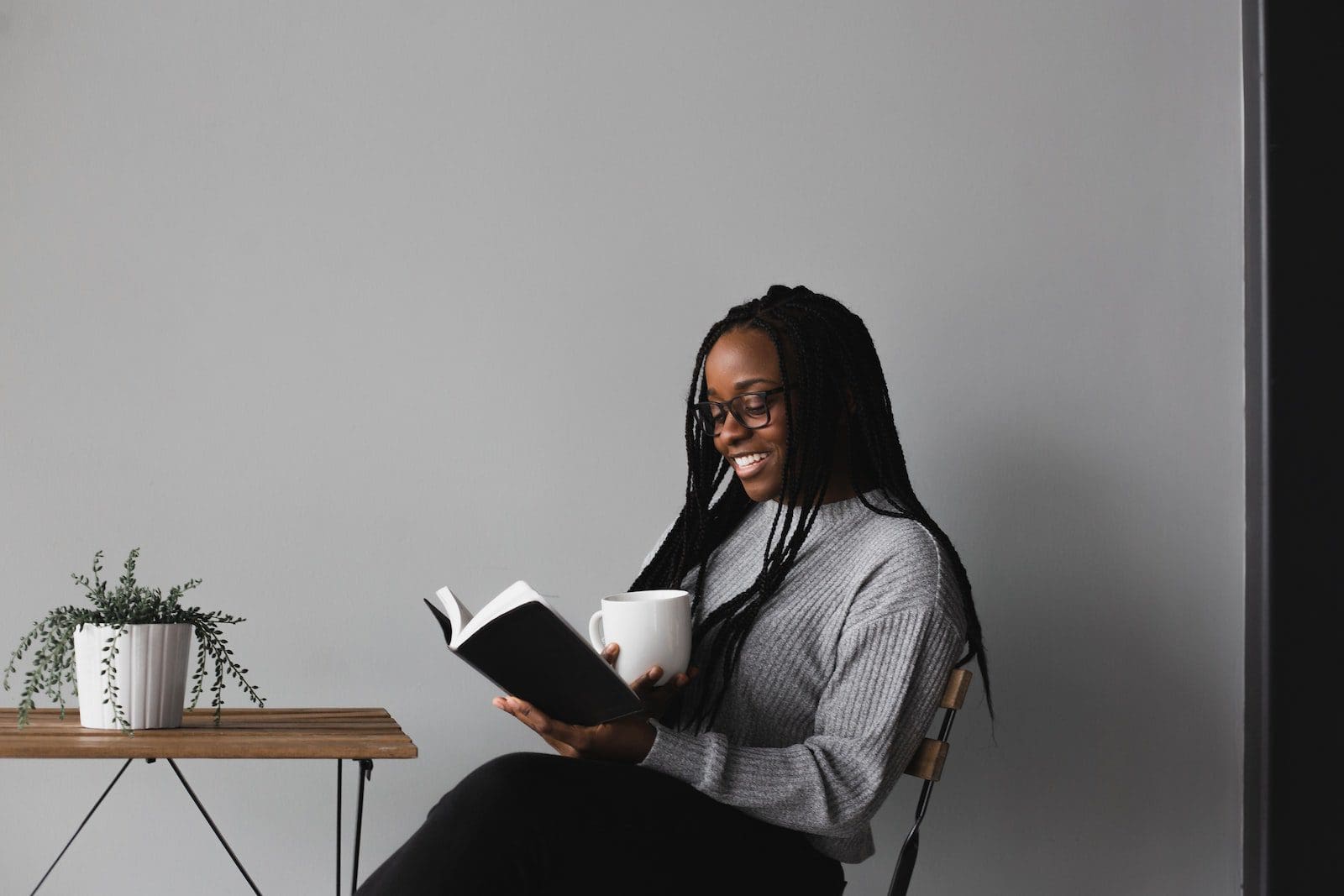A story, a fictional work, or any literature is based on a theme, a plot, a setting, and a mood that makes the story run.
Key Takeaways
- Tone refers to the author’s attitude toward the subject matter or audience, conveyed through word choice and writing style; the mood is the emotional atmosphere or feeling evoked in the reader by a text.
- The tone is expressed by the author, while the reader experiences mood.
- Both tone and mood contribute to the overall impact of a piece of writing, influencing the reader’s emotions and interpretation of the text.
Tone vs. Mood
The tone is the author’s attitude towards the subject matter, conveyed through words, sentence structure, and other literary devices. It can be formal, informal, sarcastic, humorous, serious, or any other emotion. The mood is the emotional atmosphere a piece of writing creates, influenced by the tone, setting, and events.

The story’s tone is the manner in which the story progresses, the way in which the story is written, and the story’s mood are emotions conveyed in the story.
Comparison Table
| Parameter of Comparison | Tone | Mood |
|---|---|---|
| Basic meaning | The tone is a manner or way in which a literary work is written. | The mood is an emotional or mental state that a person can feel. |
| Perspective relates to | The tone of the literary work is the author’s perspective, or it can be said that it is the author’s point of view. | The literary work’s mood is the reader’s perspective or how he or she feels in a certain situation. |
| Refers to | The tone of literature refers to the feeling or thoughts of an author; it shows what and how an author thinks about something. | The mood of a literature refers to the emotions conveyed by the author in his work. |
| Ways to identify | The tone of the literary works can be identified by its diction and details. | The plot or setting, characters, dialogues, and dictions identify the mood of the literary work. |
| Examples | Some examples of tones in a literary work are seriousness, humourous, amusing, ironic, suspicious, etc. | Some examples of mood conveyed through works are happiness, anger, pity, fun, jealousy, etc. |
What is Tone?
The tone of literature is how the work is written and progresses; it is the atmosphere in which the story has been set up.
The tone of most of the works can be identified or understood by the diction and details, and use of words. The author may set up a story in a positive, negative, or neutral tone.

What is Mood?
The mood is a person’s emotional or mental state while reading a story or any fictional work.
The story’s mood is the emotion the author conveys and the reader perceives; however, it mostly depends on the reader’s perspective.
The tone of the literary work can be identified or understood by any story’s plot or setting, characters, dialogues, and diction.

Main Differences Between Tone and Mood
- The tone of the literary works can be identified by the diction and details of the work; on the other hand, the mood of the literary work is dependent on the reader; therefore, it is up to him how he feels about the situations in the story, what he feels for characters, plots, dialogues, etc.
- Some examples of the tones followed in stories are seriousness, amusement, humor, irony, suspicion, etc.; on the other hand, the moods in the story are happiness, anger, pity, jealousy, etc.

- http://search.proquest.com/openview/5b9bd9259bab50c7f7788943f5b7e646/1?pq-origsite=gscholar&cbl=33274
- https://www.jstor.org/stable/4185264

The author’s explanation of tone and mood, backed by references, provides credibility to the article. Well done!
Absolutely, George. It’s an important aspect of quality writing.
The references add value, indeed.
The article has all the necessary information, but it might lack freshness for seasoned readers. Nonetheless, it’s an important refresher for many.
I see your point, Reece. Nonetheless, worth reading for beginners.
The distinction between tone and mood is quite clear and logically explained. I appreciate that clarity.
Agreed. The clarity is commendable.
Could have used more real-world examples to illustrate the points being made.
I appreciate that the author emphasized the importance of mood and tone in the overall impact of a piece of writing. Really makes one think deeply about literary elements.
Agreed, Harrison. It opens up conversations about literature.
It’s a thought-provoking piece, indeed.
The article provides a clear and comprehensive explanation of the differences between tone and mood, and their importance in literature. Very well-written and informative.
I totally agree with you. The author did a great job in detailing the information.
The provided distinction between tone and mood is vital, and the article does a great job at it.
Definitely an interesting read.
I agree. The difference is well-presented.
The comparison table provided in the article is a fantastic way to differentiate between tone and mood. It’s helpful even for experienced readers.
Absolutely, Rob. I found it equally useful.
Beneficial and enlightening distinction between tone and mood in literature. Thoroughly enjoyed reading it.
Couldn’t agree more. It’s a great resource for literary enthusiasts.
This article impressed me with its high intellectual rigor.
I found the article a bit too basic for my level. Wish it had delved deeper into literary analysis.
I understand your point. More in-depth analysis could be beneficial.
Basic or not, it’s good to revisit fundamental concepts once in a while.